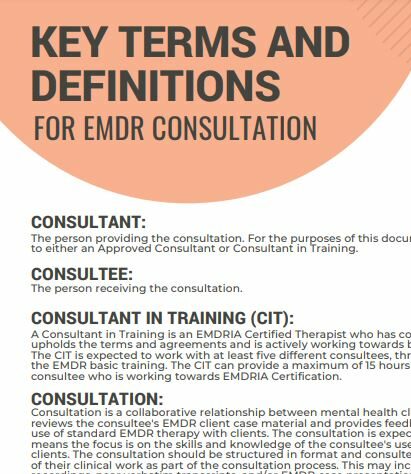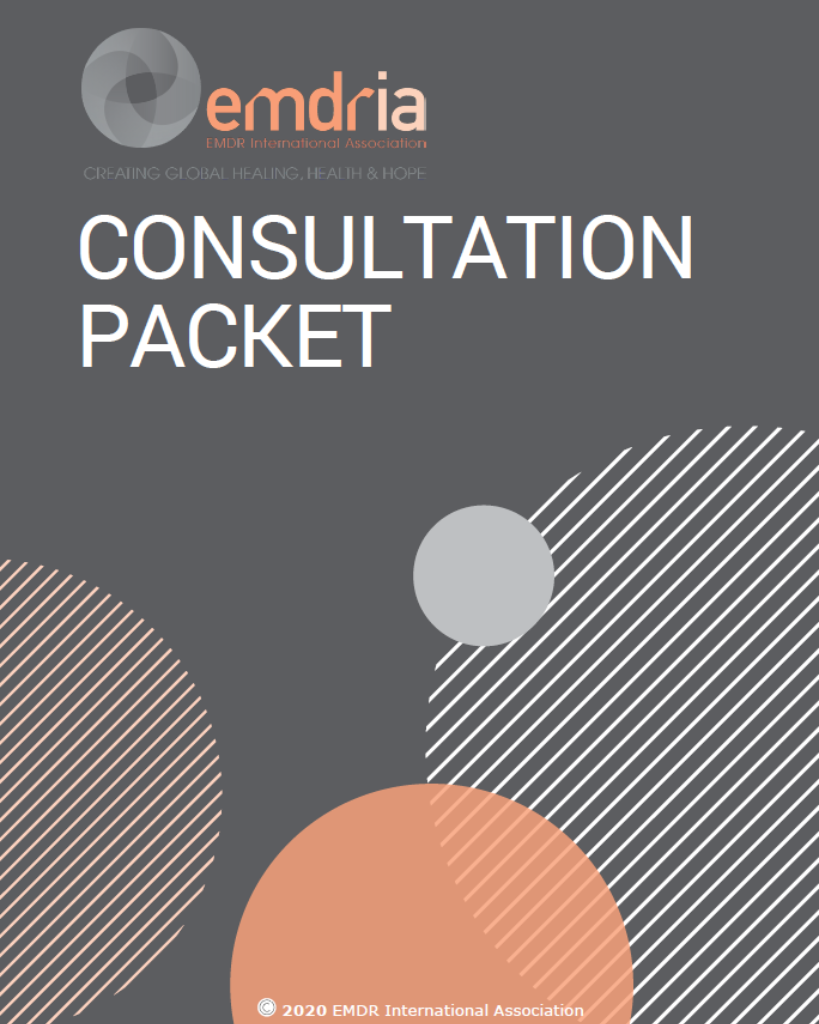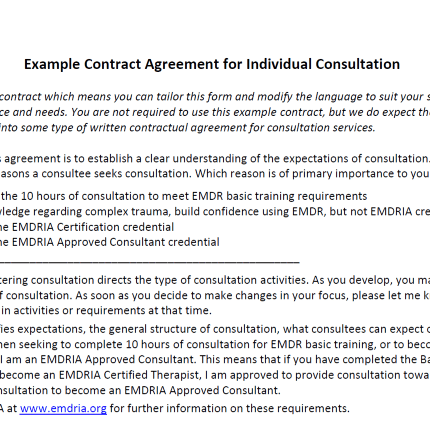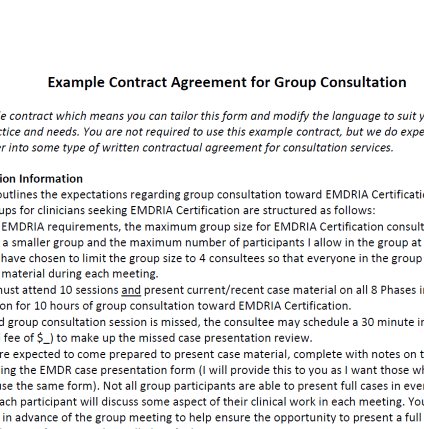Key Terms and Definitions for EMDR Consultation
This handout defines key terms involved in the consultation process, like consultant-in-training, consultation-of-consultation, group consultation and more.
This content is restricted for members only. Please Log In or Join EMDRIA.





